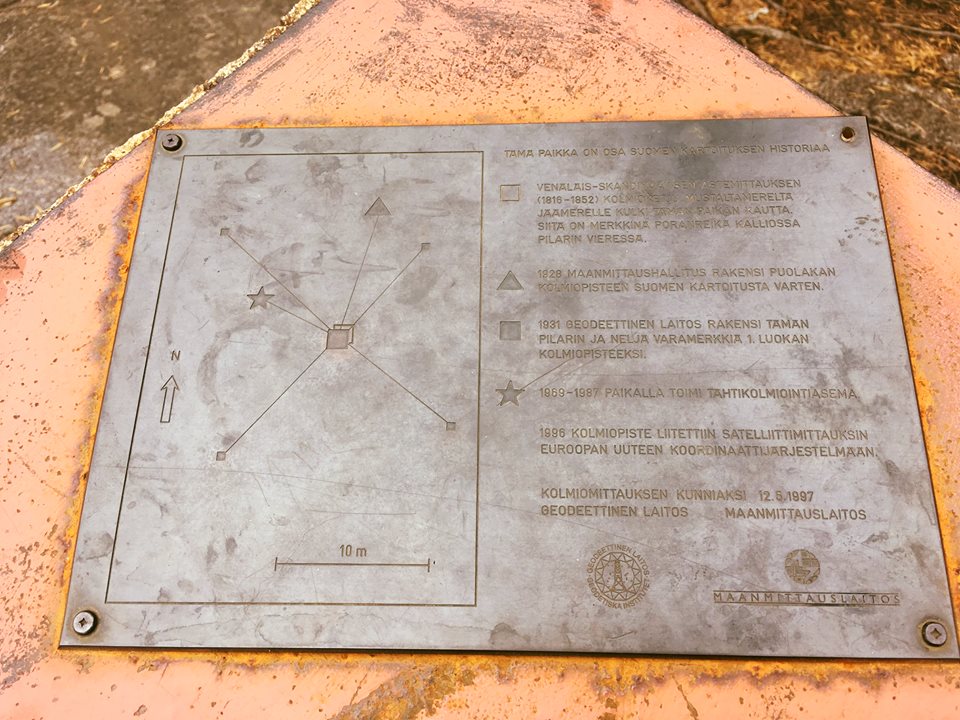Selection of sites
The World Heritage Committee, which is composed of 21 state parties to the Convention, decides on the sites on the list. The World Heritage Committee selects the cultural and natural heritage sites to be listed in accordance with the terms of the World Heritage Convention. The purpose of the committee is to monitor the status of the listed sites and decide on the usage of the World Heritage Fund. Finland was a member of the Committee in 1999–2004 and 2014–2017.
Before a site is nominated for inclusion on the World Heritage List, it must be included in a national tentative list. The list includes all sites to be nominated for inclusion on the World Heritage List in the near future. The selection of sites focuses particularly on underrepresented themes, such as 20th century architecture, cultural landscapes, industrial sites and traditional ways of life and the related environments. Overrepresented sites include historical urban landscapes (especially medieval European urban landscapes) and religious monuments.
Outstanding Universal Value
All World Heritage sites must display Outstanding Universal Value (OUV), which, as exceptional cultural and/or natural significance, is the main criterion for becoming selected as a World Heritage Site. The Outstanding Universal Value refers to the exceptional significance that transcends national boundaries and integrity of the cultural or natural heritage site. The site must hold all elements that display its Outstanding Universal Value in as intact and unaltered form as possible. The site must be authentic in its context.
The protection of the Outstanding Universal Value of the sites for future generations is the responsibility of all mankind. World heritage values are defined and verified on the basis of both regional and international comparisons.
Criteria for Selection
To be included on the World Heritage List, sites must meet the criteria of authenticity and integrity, display natural or cultural heritage value and meet at least one out of ten selection criteria explained in the Operational Guidelines of the World Heritage Committee. In addition, the site must have a site management plan that upholds its value and is observed by the site’s host organisation. The usage of the site must be based on the preservation of the site’s integrity, and all activities in the site’s area must be ecologically and culturally sustainable.
The cultural criteria state that the site must represent a masterpiece of human creative genius, bear a unique or at least exceptional testimony to a cultural tradition or to a civilisation which is living or which has disappeared, be an outstanding example of a type of building, architectural or technological ensemble or landscape which illustrates (a) significant stage(s) in human history and be an outstanding example of a traditional human settlement, land-use, or sea-use which is representative of a culture (or cultures), or human interaction with the environment.
The natural criteria state that the site must contain areas of exceptional natural beauty and aesthetic importance, be an outstanding example representing major stages of earth’s history, be an outstanding example representing significant on-going ecological and biological processes and contain natural habitats of threatened species.
Read more about World Heritage Convention:
Finnish Heritage Agency: International Cultural Heritage Conventions
Ministry of Education and Culture: World Heritage Convention




